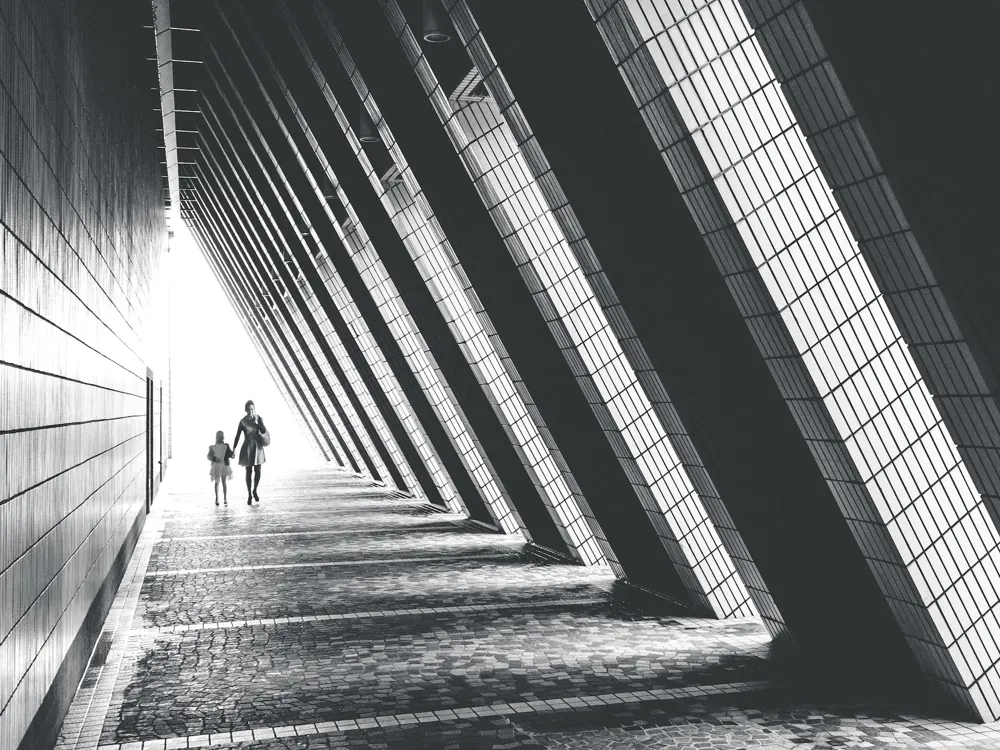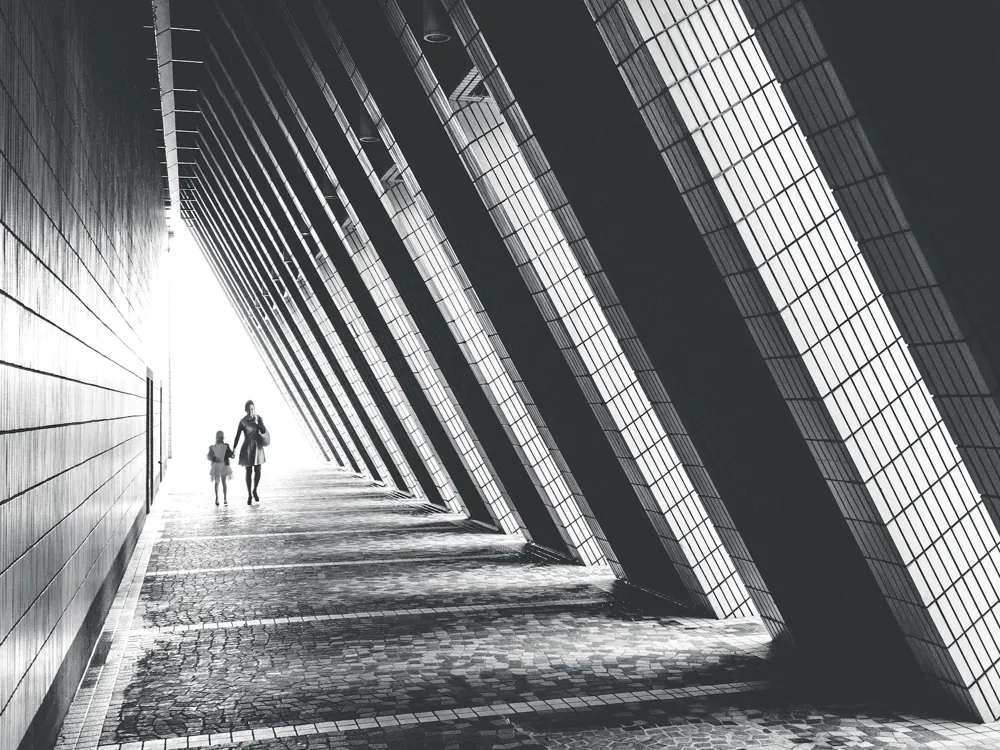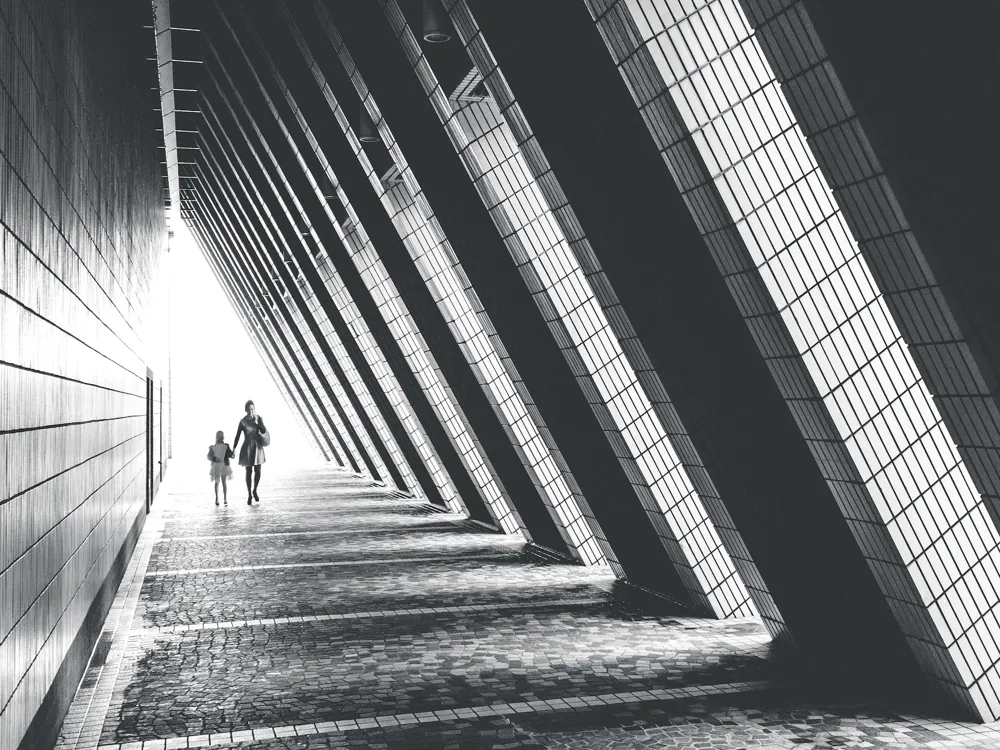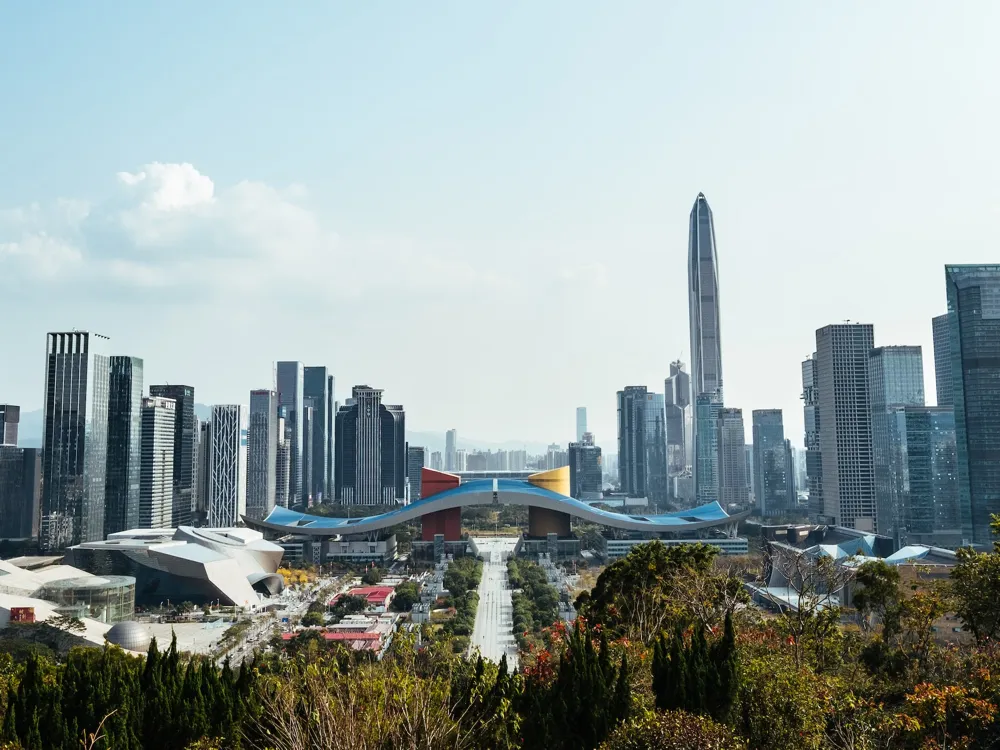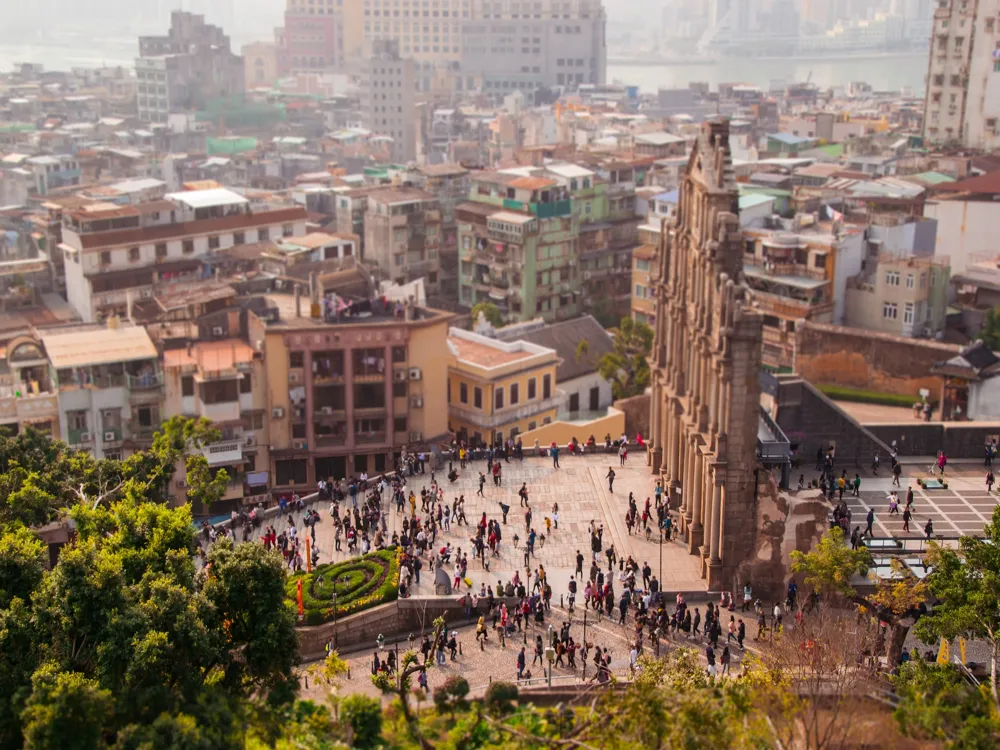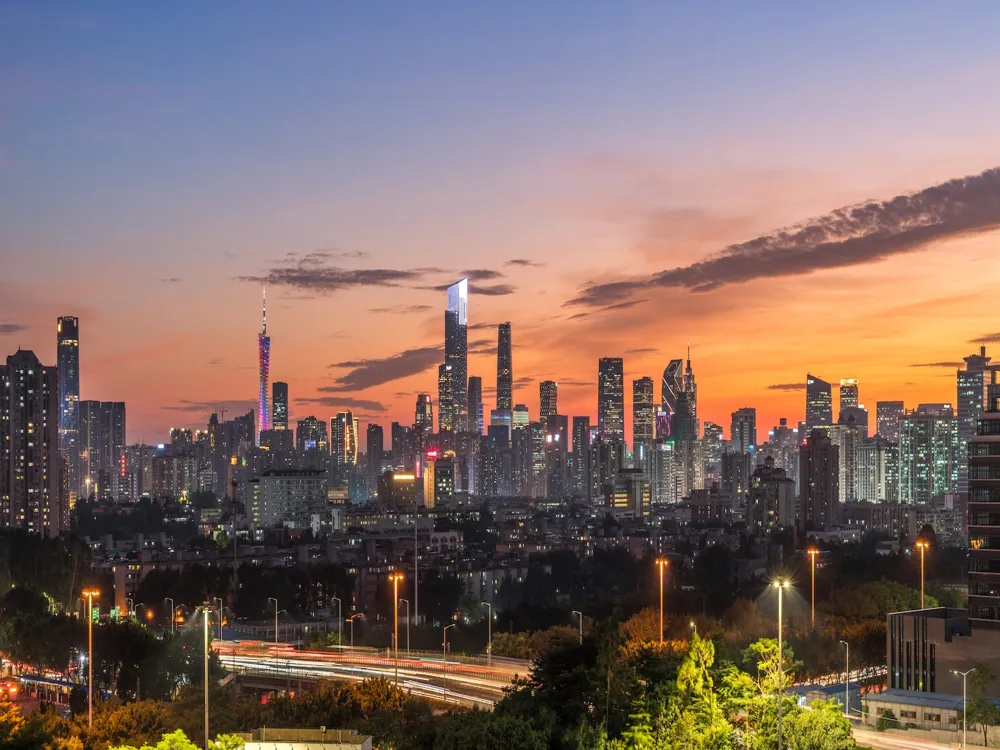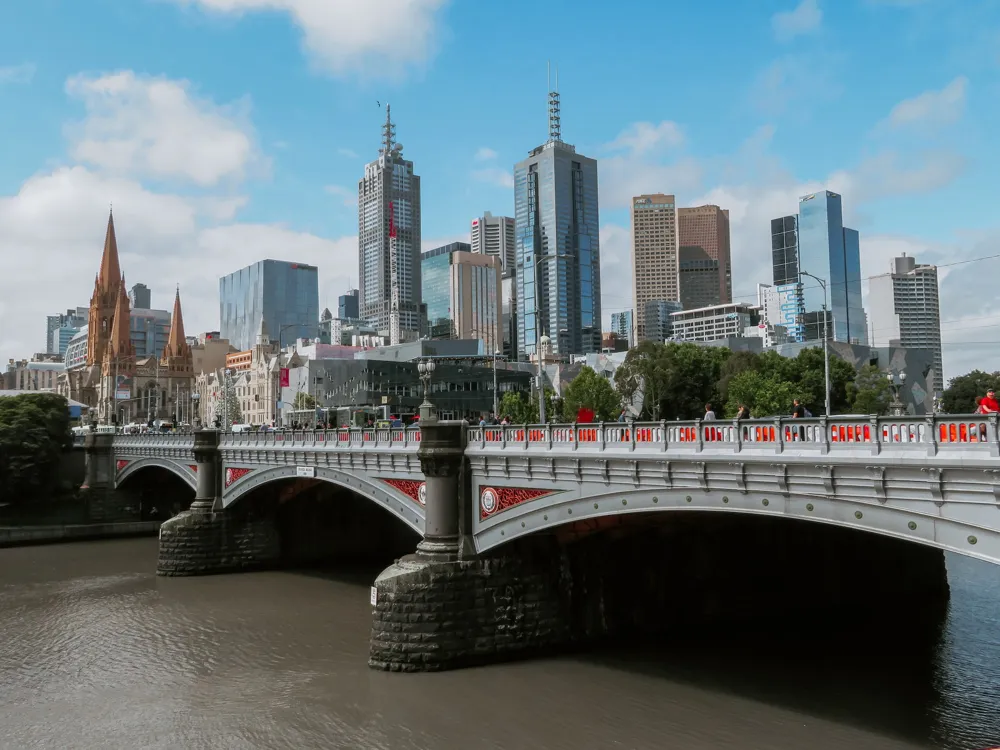Hong Kong, a vibrant city known for its stunning skyline, is a mesmerizing blend of modern architecture and natural beauty. The skyline, primarily situated along the Victoria Harbour, is not just a symbol of Hong Kong's economic prosperity but also a testament to its cultural richness and architectural innovation. This spectacular panorama, featuring a mix of skyscrapers and mountains, offers an awe-inspiring view, especially at night when the city lights up in a dazzling display of colors. The skyline of Hong Kong is one of the most iconic in the world, characterized by its high density and tall buildings. It is home to over 300 skyscrapers, the most in any city across the globe. This architectural marvel isn't just about the quantity of the buildings but also about their unique designs and the harmonious way they complement each other, creating a cohesive and dynamic visual spectacle. The International Commerce Centre (ICC), standing at 484 meters, is the tallest building in Hong Kong and a significant part of the skyline. Its presence, along with other notable structures like the Two International Finance Centre and the Bank of China Tower, shapes the city's distinctive architectural profile. Moreover, the Hong Kong skyline is continuously evolving, with new structures adding to the city's architectural legacy. This skyline is not only a hub of major international business and finance but also a cultural hotspot, offering a plethora of activities for both tourists and locals. From luxury shopping and fine dining to traditional markets and historical sites, the area surrounding the skyline is as diverse and vibrant as the city itself. The architecture of Hong Kong's skyline is a blend of Eastern and Western influences, reflecting the city's historical background as a British colony and its Chinese roots. This unique fusion is evident in the design of the buildings, combining traditional Chinese architectural elements with modern Western styles. The use of feng shui, an ancient Chinese art of positioning objects and structures harmoniously with the natural world, is also a distinctive feature in many of Hong Kong's buildings. One of the most iconic buildings in Hong Kong's skyline is the Bank of China Tower. Designed by the renowned architect I. M. Pei, this building is known for its sharp, angular outlines and its geometric patterns, which are inspired by the growth of bamboo, symbolizing strength and prosperity. Another significant structure is the HSBC Main Building, designed by Sir Norman Foster. This building stands out for its high-tech architecture and is known for its natural light and open spaces, which were innovative architectural features at the time of its construction. The ICC, which dominates the skyline, is a marvel of modern engineering and sustainable design. Its sleek, tapered structure is designed to withstand the typhoon winds that frequently hit Hong Kong, and its use of energy-efficient technologies makes it a model of green architecture. Moreover, the skyline's layout, with its numerous public spaces, waterfront promenades, and rooftop gardens, reflects Hong Kong's commitment to creating a livable and sustainable urban environment amidst its dense urban sprawl. The architectural journey of Hong Kong's skyline is also a reflection of the city's economic development. From the first generation of skyscrapers in the 1970s, like the Connaught Centre, to the latest additions, there is a story of progress and innovation. Each building is not just a structure but a piece of Hong Kong's ongoing narrative, showcasing the city's aspirations and its relentless pursuit of excellence. The ideal time to visit the Hong Kong skyline is during the autumn months (October to December) when the weather is pleasant, with minimal rainfall and humidity. Evening hours are particularly magical, as you can witness the 'Symphony of Lights', a spectacular light and sound show featuring many of the buildings along the skyline. For the best views of the skyline, head to the Victoria Peak, Tsim Sha Tsui Promenade, or take a ride on the Star Ferry. To capture stunning photographs, use a tripod for long exposure shots during the evening, and consider using a wide-angle lens to get a panoramic view of the entire skyline. When visiting Hong Kong, be respectful of local customs and traditions. Dress appropriately, especially when visiting religious or cultural sites near the skyline. Also, it's polite to ask for permission before taking photos of local people or their properties. Explore the culinary delights Hong Kong has to offer. The area around the skyline is dotted with a variety of dining options, from high-end restaurants to local street food stalls. Don't miss out on trying dim sum, a traditional Cantonese meal comprising small, bite-sized portions of food served in small steamer baskets. Public transportation in Hong Kong is efficient and easy to navigate. The Mass Transit Railway (MTR) is a convenient option to get to various points around the skyline. Additionally, consider purchasing an Octopus card for hassle-free travel on public transport. Reaching the Hong Kong skyline is straightforward, thanks to the city's efficient public transport system. The most convenient way is by MTR, with the Central and Tsim Sha Tsui stations being the closest to major points along the skyline. For those coming from the airport, the Airport Express train is a fast option, taking you to the Central station in under 30 minutes. Alternatively, taxis are readily available, though more expensive. For a more scenic route, consider taking the Star Ferry from Kowloon to Central, which offers a stunning view of the skyline from the water. Read More:Overview of Hong Kong Skyline
Architecture of Hong Kong Skyline
Tips When Visiting Hong Kong Skyline
Best Time to Visit
Viewpoints and Photography Tips
Cultural Etiquette
Local Cuisine and Dining
Transport and Navigation Tips
How To Reach Hong Kong Skyline
Hong Kong Skyline
Hong Kong
NaN onwards
View hong-kong Packages
Hong-kong Travel Packages
View All Packages For Hong-kong
Top Hotel Collections for Hong-kong

Private Pool

Luxury Hotels

5-Star Hotels

Pet Friendly
Top Hotels Near Hong-kong
Other Top Ranking Places In Hong-kong
View All Places To Visit In hong-kong
View hong-kong Packages
Hong-kong Travel Packages
View All Packages For Hong-kong
Top Hotel Collections for Hong-kong

Private Pool

Luxury Hotels

5-Star Hotels

Pet Friendly





